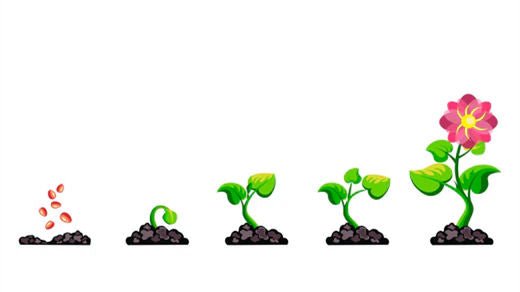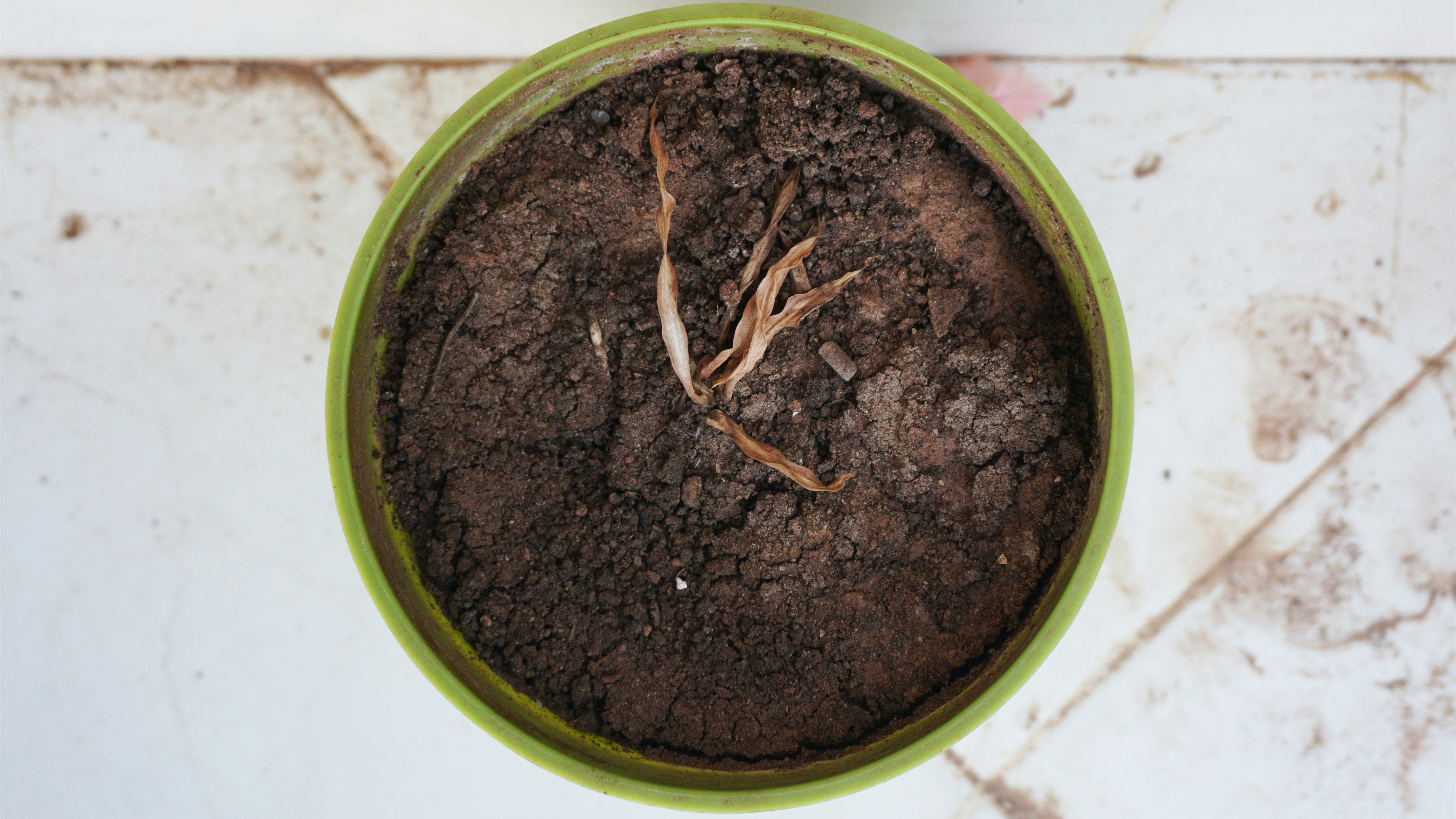In the realm of indoor gardening, providing adequate light for plants is paramount. One crucial metric for assessing light intensity is PPFD (Photosynthetic Photon Flux Density). While high PPFD levels may seem desirable, finding the optimal PPFD for different plant growth stages is key to successful cultivation. In this comprehensive guide, we'll delve into the meaning of PPFD, methods for measuring it, and explore the ideal PPFD ranges for seedlings, vegetables, and flowering plants.
The Meaning of PPFD
PPFD, or Photosynthetic Photon Flux Density, quantifies the number of photons within the Photosynthetically Active Radiation (PAR) range that reach a specific area per unit time. Essentially, PPFD measures the intensity of light available for photosynthesis, making it a crucial factor in determining plant growth and development.
How to Measure PPFD
PPFD is typically measured using specialized tools known as quantum sensors or PAR meters. These devices accurately capture the photons within the PAR range and convert them into an electrical signal, providing a precise measurement of PPFD in micromoles per square meter per second (μmol/m²/s). Proper measurement techniques ensure accurate assessment of light intensity for optimal plant growth.
How Much PPFD for Seedlings, Vegetative, and Flowering Plants?

- Seedlings: During the delicate seedling stage, moderate PPFD levels ranging from 100-300 μmol/m²/s are sufficient to support healthy growth without inducing stress. Higher PPFD levels may lead to photoinhibition and hinder seedling development.
- Vegetative: As plants transition to the vegetative stage and focus on foliage growth, PPFD levels between 300-600 μmol/m²/s are ideal. This range promotes robust leaf development and overall plant vigor, leading to healthier and more productive vegetables.
- Flowering Plants: During the flowering stage, plants require higher PPFD levels to support flower and fruit formation. Aim for PPFD levels between 600-1000 μmol/m²/s to maximize yield and quality during this critical phase. Adequate light intensity during flowering ensures optimal photosynthesis and facilitates the production of high-quality blooms and fruits.
How to Calculate PPFD for Grow Lights
To calculate PPFD for grow lights, you'll need to consider factors such as the light's power output (in watts), its beam angle, and the distance between the light source and the plant canopy. The formula for calculating PPFD is:
PPFD (μmol/m²/s) = (Photon Flux Output of Light Source / Area of Coverage) × Light Distribution Factor
Photon Flux Output of Light Source is the total number of photons emitted by the light source per second, typically measured in micromoles per second (μmol/s). Area of Coverage represents the area over which the light is distributed, measured in square meters (m²). The Light Distribution Factor accounts for the light's distribution pattern and can vary depending on the light fixture's design.

Conclusion
While high PPFD levels are often associated with better plant growth, it's essential to strike a balance and provide the appropriate light intensity for each growth stage. By understanding the significance of PPFD, measuring it accurately, and tailoring light intensity to the specific needs of seedlings, vegetables, and flowering plants, growers can optimize their grow light setups for maximum productivity and plant health. Ultimately, finding the right balance of PPFD is key to unlocking the full potential of indoor gardening and achieving successful cultivation outcomes.


































Leave a comment
This site is protected by hCaptcha and the hCaptcha Privacy Policy and Terms of Service apply.